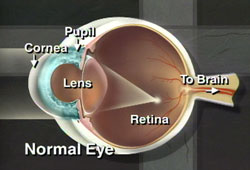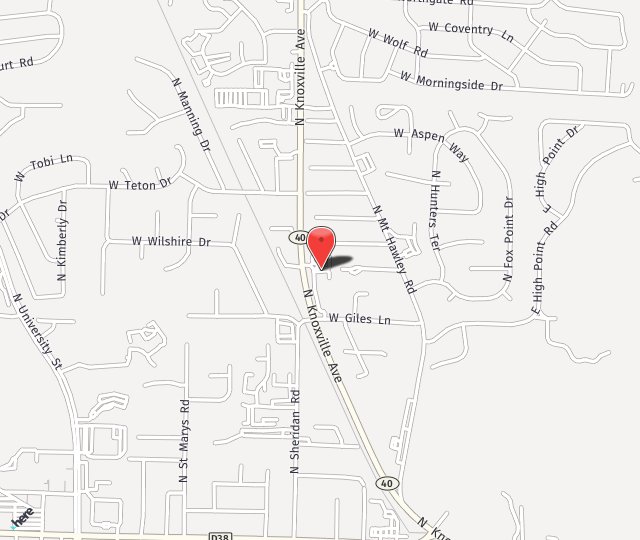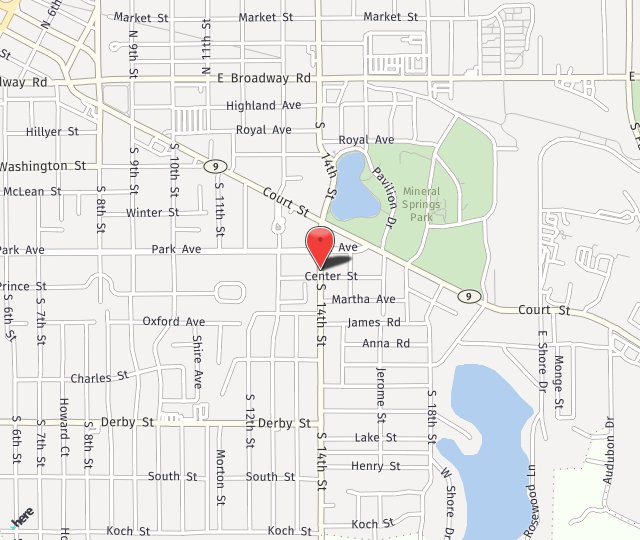The front portion of the eye is covered with a thin, transparent membrane called the cornea, which protects the interior of the eye. If there is a break or defect in the surface layer of the cornea, called the epithelium, and damage to the underlying stroma, a corneal ulcer results. The ulcer is usually caused by microorganisms, which gain access to the stroma through the break in the epithelium.
Corneal ulcers generally heal well if treated early and aggressively. However, if neglected, corneal clouding and even perforation (a hole in the cornea) may develop, resulting in serious loss of vision and possibly loss of the eye. Corneal ulcers are a serious vision-threatening condition and require prompt medical attention.

If there is a break or defect in the surface layer of the cornea, a corneal ulcer results
Symptoms of Corneal Ulcers:
- Watery eyes
- Acute pain
- Sensitivity to light
- Blurry vision
- The feeling that there’s something in your eye
- Discharge from the eye
Causes of Corneal Ulcers:
- Infection
- Wearing contact lenses for excessive periods of time
- Inadequate contact lens sterilization
- Eye injury
- Lack of tear production
- Complications of herpes simplex keratitis, neurotrophic keratitis, chronic blepharitis, conjunctivitis, trachoma, bullous keratopathy and cicatricial pemphigoid
- Vitamin A deficiency or protein malnutrition
- Eyelid abnormalities
Diagnosing Corneal Ulcers:
Corneal ulcers are a serious vision-threatening condition and require prompt medical attention. If left unattended, corneal ulcers may penetrate the cornea allowing the infection to enter the eyeball, which can cause permanent loss of vision and possible loss of the eye. Your eye doctor can identify corneal ulcers by examining your eyes with magnifying instruments and performing a culture study to identify infection. Your doctor will check your eye, including under your eyelid, to make sure there are no foreign materials present. Depending on the initial exam, fluorescein dye may be used to identify the corneal defects. A test called the Seidel test (painting the wound with dye and observing for leakage) may be performed to uncover possible deeper injuries.
Treatment for Corneal Ulcers:
If treated early, corneal ulcers are usually curable in two to three weeks. They are typically treated with antibiotic eye drops. Sometimes, topical steroids will also be used to decrease the risk of scarring and inflammation.


